Ever felt like you need an escape from the hustle and bustle of everyday life? Congaree National Park is a hidden wilderness gem right in South Carolina that feels worlds away.
As both a UNESCO Biosphere Reserve and an International Dark Sky Park, Congaree protects its natural beauty and nocturnal environment.
Here's a quick overview of the park to help you plan your visit.
Things to See and Do in Conagaree National Park
The Congaree National Park in South Carolina offers many ways to explore its biodiverse floodplain forest. There's something for everyone, from stargazing to paddling adventures along the Congaree River.
1. Stop by the Harry Hampton Visitor Center
Start your park adventure at the Harry Hampton Visitor Center. The center offers fascinating exhibits on the area's natural and cultural history. It's also the go-to spot for maps and tips on making the most of your visit.
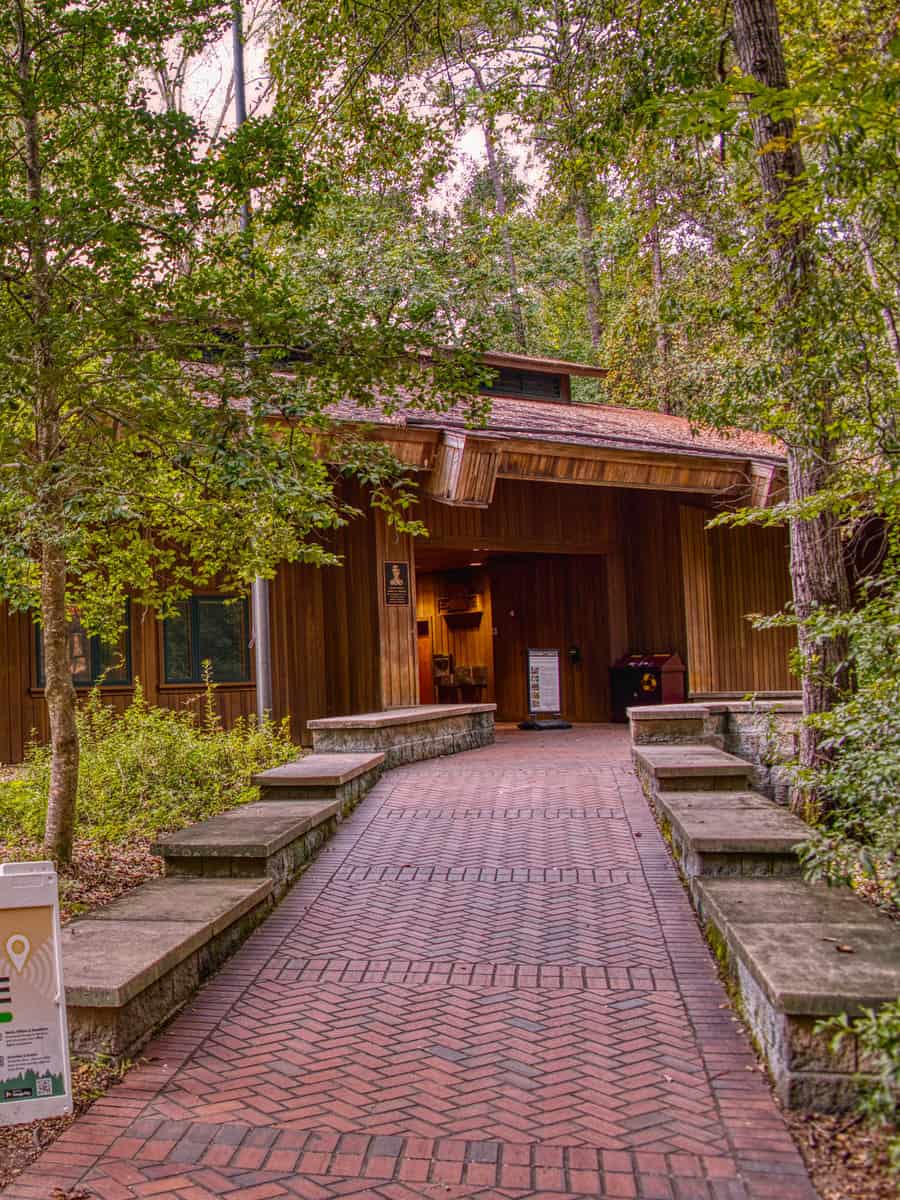
2. Try Congaree River Kayaking
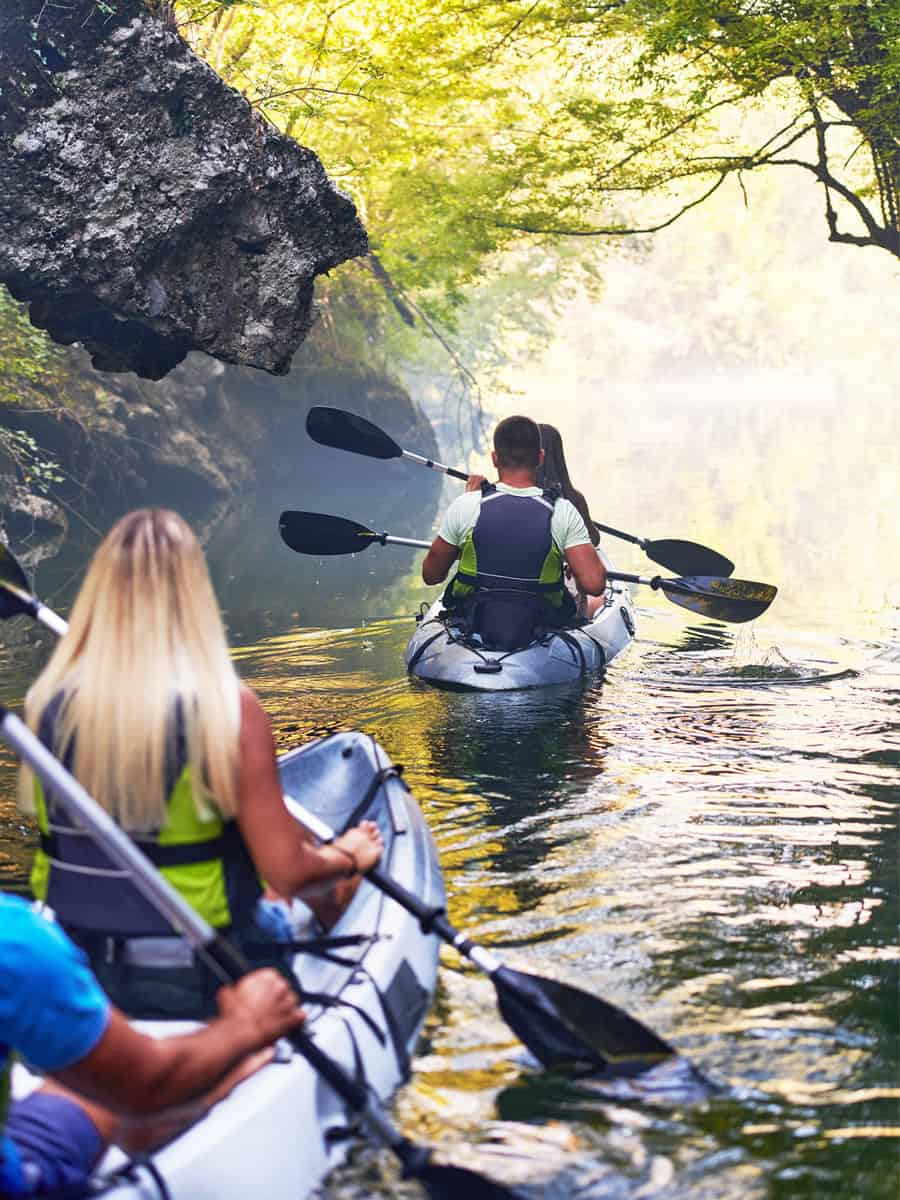
Paddle along the serene Congaree River. It's a peaceful way to see the park from a different angle. Watch for wildlife like river otters and bird species as you float by.
3. Be One with the Stars

Congaree offers an exceptional stargazing experience due to its remote location and dark skies. On clear nights, the stars and constellations are breathtaking. It's a must-do for nature lovers and astronomy enthusiasts.
For more stargazing opportunities, check out our list: 5 Must-Visit U.S. National Parks Where the Stars Shine Brightest – A Stargazer’s Dream!
4. Save A Spot in the Owl Prowl Program
The Owl Prowl program at Congaree National Park is a limited twilight hike guided by park volunteers. During this 1.5-hour and 2.5-mile journey, participants explore the nocturnal world of the park, focusing on the mysterious lives of owls.
The hike covers the Boardwalk and Sims trails, where you can learn about the owls' hunting techniques, vision, and why they're associated with wisdom. Pets are not permitted, but certified service animals are welcome.
5. Relax at the Longleaf Campground
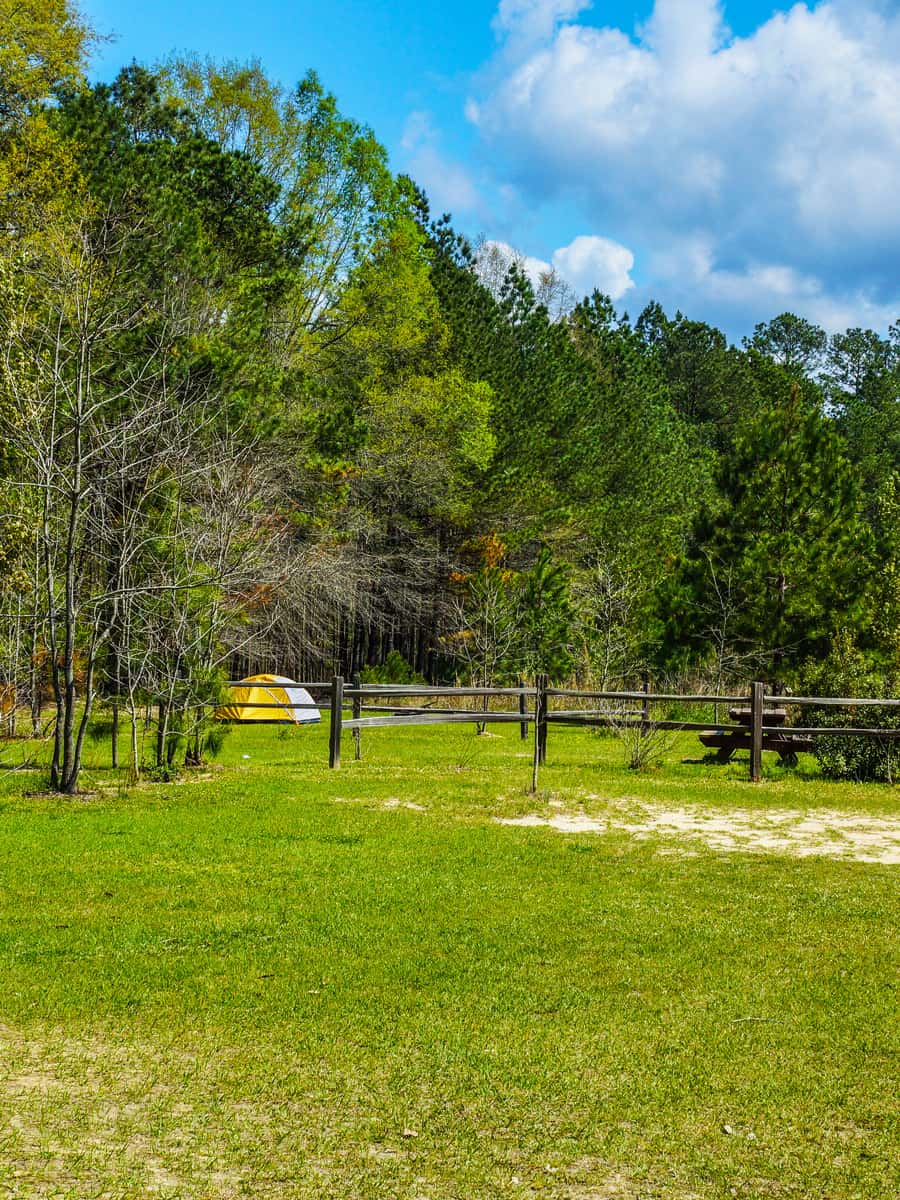
Longleaf Campground has ten individual and 4 group camping sites adjacent to the park entrance road.
This walk-up-only campground is in a mixed pine/hardwood upland forest, providing campers with a peaceful and private setting. Each site includes a fire ring, picnic table, and minimal facilities.
If you're looking to tick more boxes on your national park camping bucket list, save our guide: 7 Unforgettable Camping Adventures You Can Only Find in U.S. National Parks
Of Course — You've Got Your Classic Hikes and Trails
Explore the diverse network of trails that wind through the park, with options for all levels of hikers. Get your steps in on your trail of choice!
1. Boardwalk Loop Trail
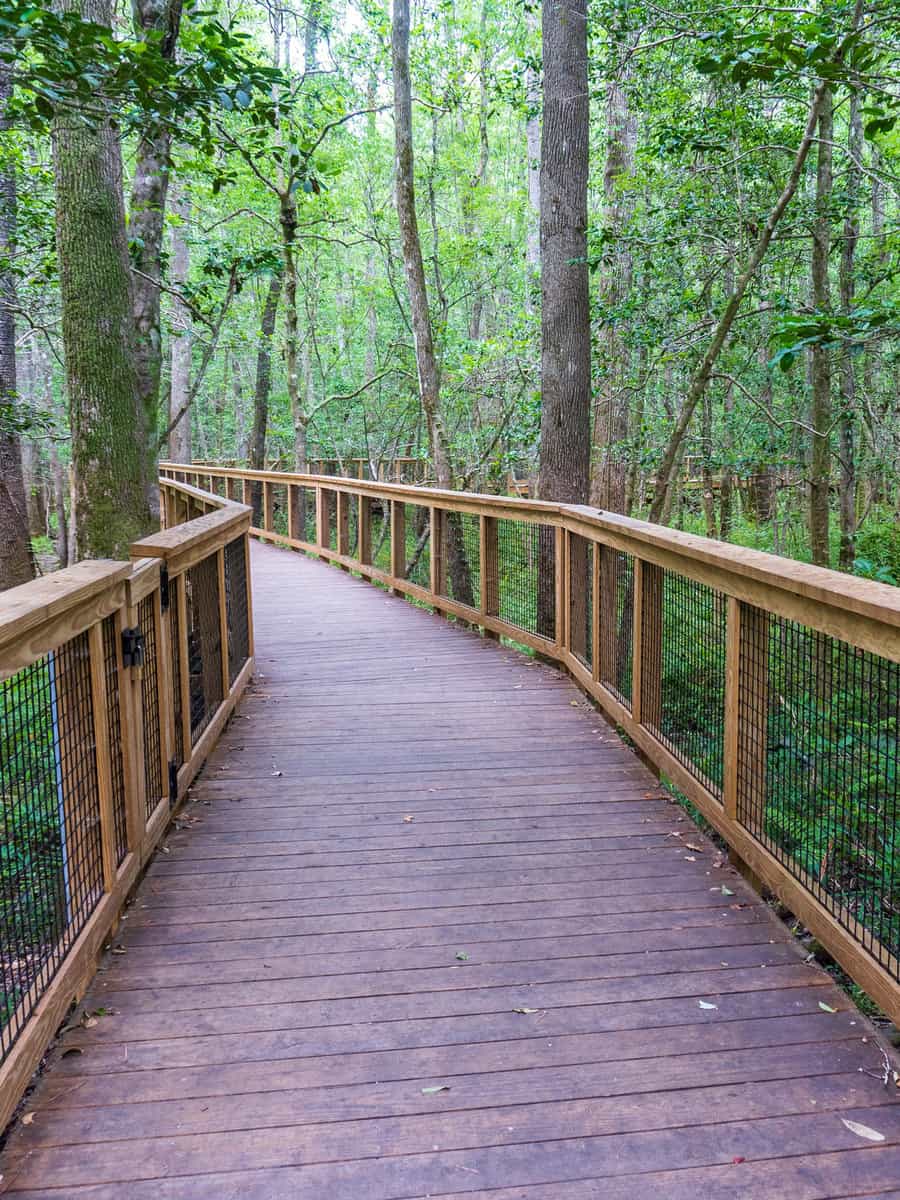
This 2.4-mile trail is an easy stroll on an elevated boardwalk. It's recommended for most ages. You'll wander through a lush hardwood forest, getting up close to the park's diverse plant and animal life.
2. Weston Lake Loop Trail
Take this 4.4-mile hike to explore deeper into the park. The trail takes you through ancient forests and along the scenic Weston Lake. It's a bit more challenging but very rewarding.
3. Bluff Trail
This is a short and sweet trail, spanning just 0.7 miles. It's perfect for a quick, leisurely hike. The Bluff Trail offers good views of the Congaree River, making it a great choice for those looking to enjoy nature without a strenuous trek.
4. Oakridge Trail
At 6.6 miles, the Oakridge Trail is a moderate hike that treats visitors to a diverse array of plant life and excellent birdwatching opportunities. It's best for hikers who want to experience the varied ecosystems of Congaree National Park.
5. River Trail
A more challenging option, this 10-mile trail is tailored for experienced hikers. Leading to the Congaree River, it offers a chance to spot local wildlife in their natural habitat.
Spot Congaree's Famous Wildlife and Natural Features!
As a UNESCO Biosphere Reserve, Congaree National Park is a haven for diverse flora and fauna.
This 27,000-acre wonderland holds the largest intact expanse of old-growth bottomland hardwood forest. It's only natural for environment enthusiasts, birdwatchers, and animal lovers to find something to love here.
1. Barred Owls
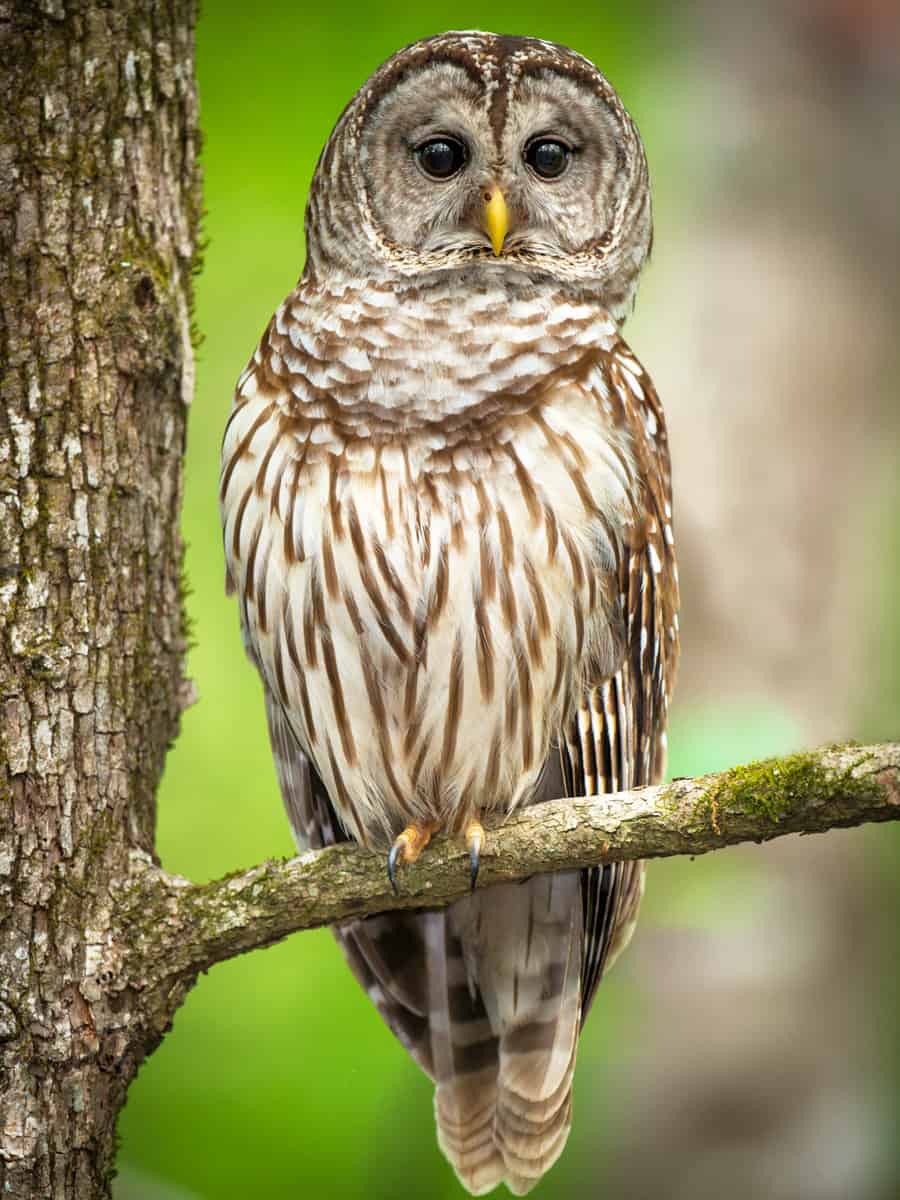
Often heard before they're seen, Barred Owls are famous for their distinctive "who cooks for you" call. They are a symbol of the wildness of Congaree.
2. Prothonotary Warblers
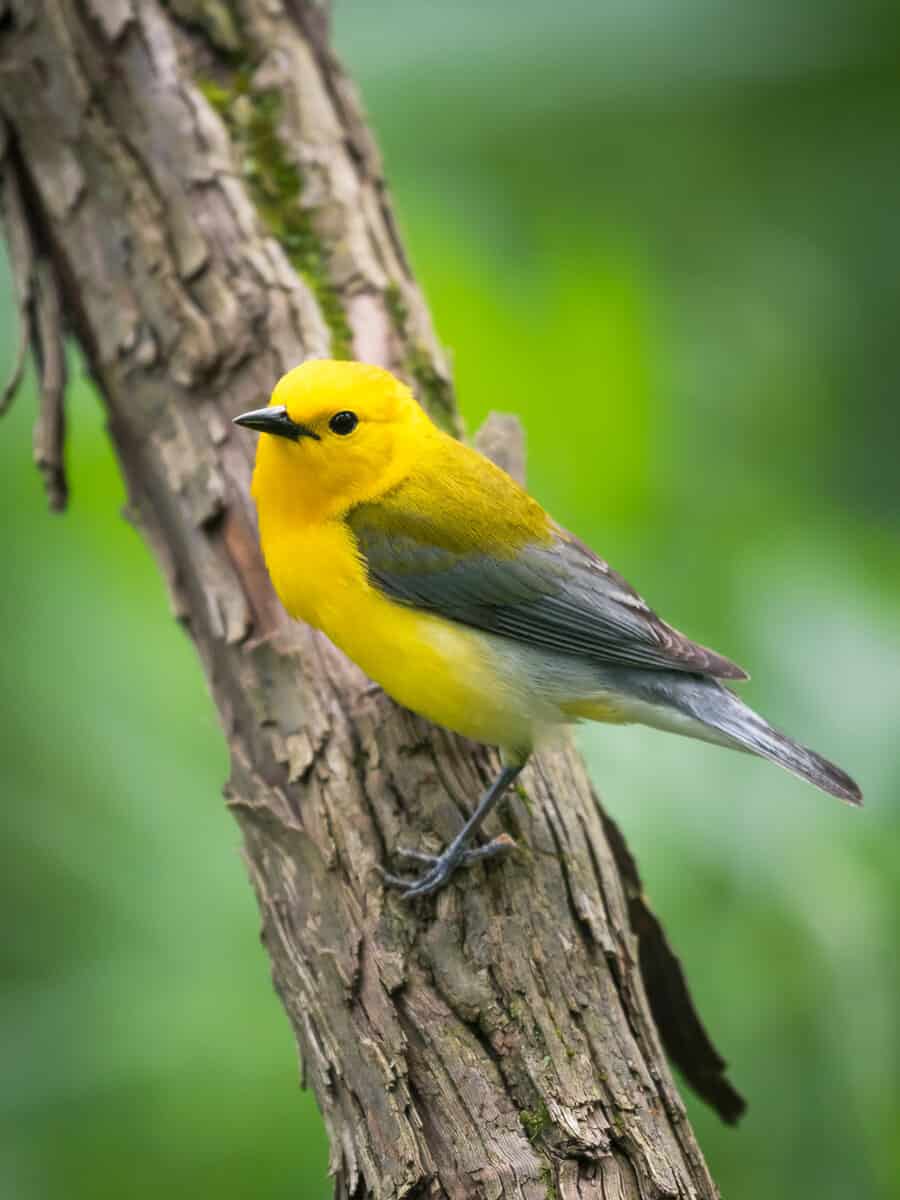
These bright yellow birds are a delightful sight, often flitting near water. Their vibrant color and sweet songs add to the park's serene ambiance.
3. Bald Cypress Trees
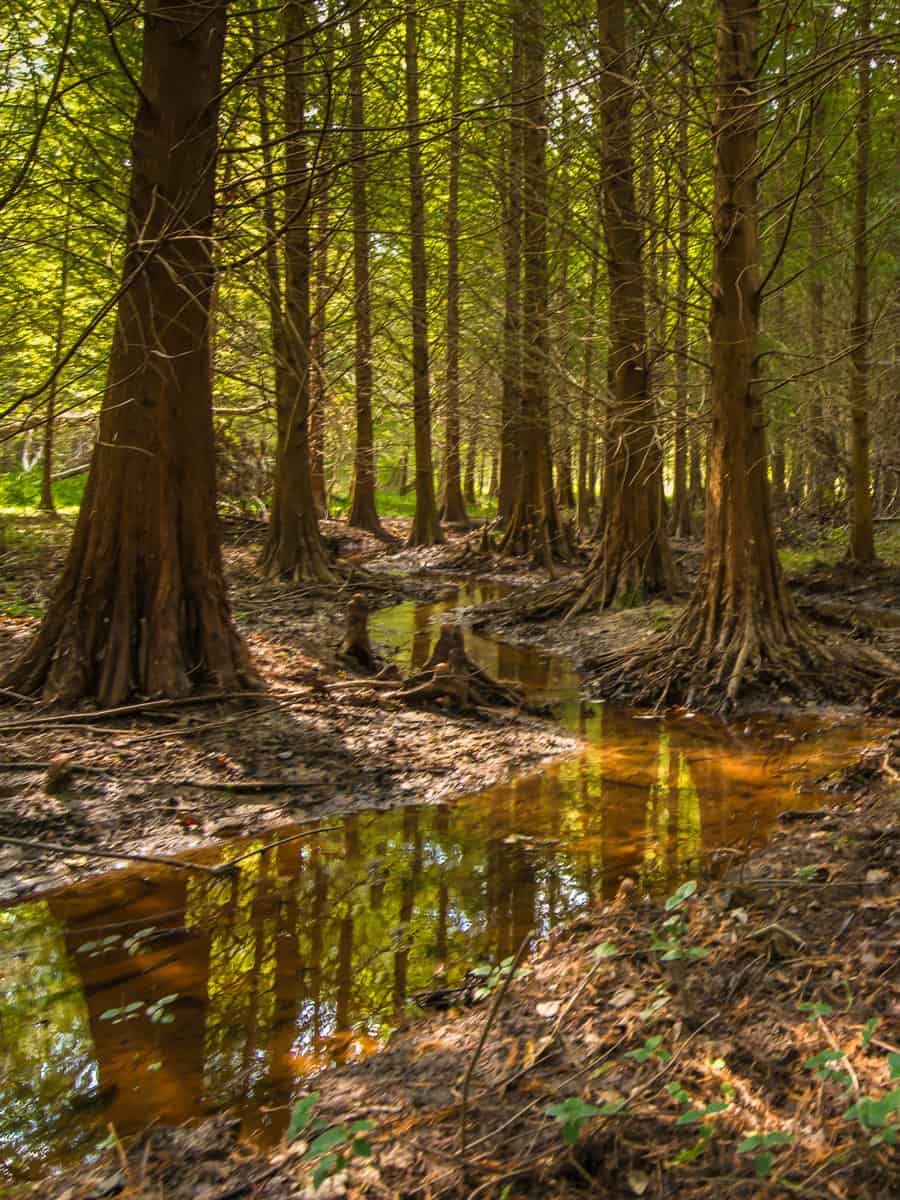
These towering trees are a signature feature of Congaree's landscape, showcasing remarkable resilience and beauty. Their knobby "knees" rise from the water, creating a unique swampy environment.
4. Loblolly Pines
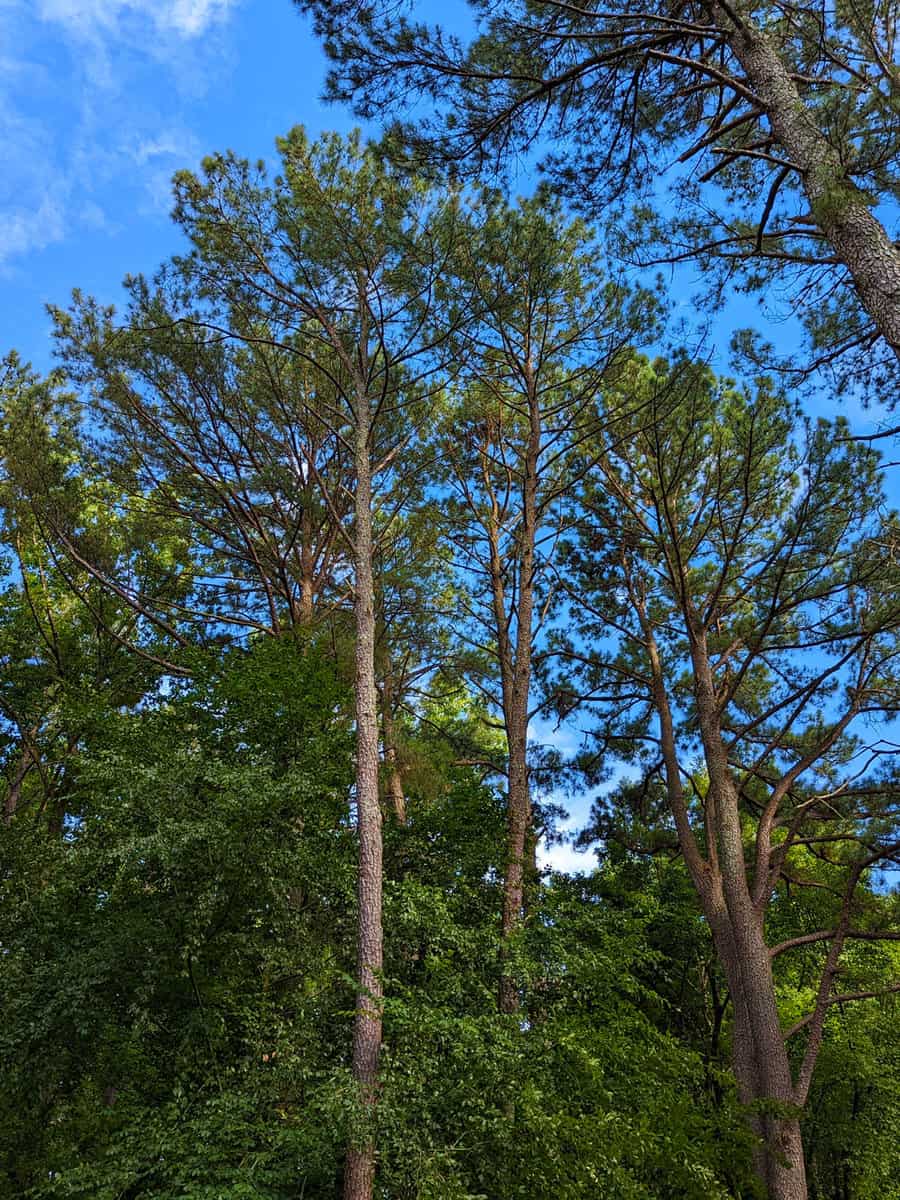
Standing tall among the diverse forest, these evergreens add a distinct texture to the park's canopy and play a crucial role in the local ecosystem.
5. Fireflies
Congaree is renowned for its spectacular firefly displays, where thousands of these luminous insects create a mesmerizing light show in the forest during certain seasons.

6. Champion Trees
Home to some of the tallest trees in the eastern United States, Congaree boasts an impressive array of "champion" trees, standing as silent giants witnessing the passage of time.
Parking and Transportation Tips for Congaree National Park
First of all, GPS. When using GPS or related apps to navigate the park, use the address "100 National Park Road, Hopkins, SC 29061" to ensure you arrive at the correct location.
Depending on your vehicle and point of origin, follow these directions from the national park's official website:
1. Parking for Oversized Vehicles
Remember that parking can be limited if you plan to visit Congaree National Park with an RV, trailer, or other oversized vehicle.
The main parking area at the Harry Hampton Visitor Center has designated spaces for larger vehicles, but they can fill up quickly on busy days.
Be prepared to unhook towed vehicles if necessary, and note that Bates Ferry Trail and Fork Swamp Trail do not offer parking for oversized vehicles.
2. Vehicle Camping Policies
Vehicle camping is prohibited within the park, including frontcountry campgrounds. For vehicle camping options outside the park, you can contact park staff at 803-776-4396.
3. Public Transportation Access
For public transportation, the COMET bus service (Route 47) provides access to the park from the Harry Hampton Visitor Center.
4. Nearby Airports
Lastly, if you're flying in, Columbia Metropolitan Airport is the closest major airport to the park, while Charlotte Douglass International Airport and Charleston International Airport are about a 2-hour drive away.
When's the Best Time to Visit?
The best time to visit Congaree National Park depends on what you're looking for. If you want to enjoy pleasant weather and avoid the crowds, spring (March-May) or fall (September-November) are ideal.
Springtime brings warm temperatures, blooming wildflowers, and the chance to see the synchronized firefly mating ritual (if you can snag a spot!).
Fall has comfortable temperatures, stunning fall foliage, and perfect conditions for paddling on Cedar Creek. Summer (June-August) is the hottest and most humid time of year, with frequent thunderstorms and the possibility of flooding.
Winter (November-February) is the mildest season, with occasional freezing temperatures and the highest risk of flooding. No matter when you visit, be sure to pack proper clothing and footwear for the weather conditions.
Don't Forget These Safety Tips
The Ten Essentials are Congaree National Park's list of basic first aid and emergency items to help you handle minor injuries, weather changes, or delays when outdoors.
Check conditions and bring additional gear as needed before heading out. Follow safety guidelines — if something seems dangerous, don't do it.
Notify park staff of potential hazards so they can protect visitors. If lost, stay in one place to aid rescuers. In an emergency in the park, call 9-1-1, even with spotty cell service, to enable the fastest response.
Enjoy and Protect Congaree National Park
Congaree National Park remains a true wilderness gem, with its ancient forests, serene waters, and night skies.
As a visitor, commit these exceptional qualities to memory even after you depart while adhering to responsible practices that leave no trace.
Follow park guidelines, prepare properly for your adventures, and observe wildlife respectfully during your stay. Through small, mindful actions, you, too, can play a vital role in preserving Congaree for future generations.
The wilderness calls to answer by exploring Congaree responsibly and sustainably.
